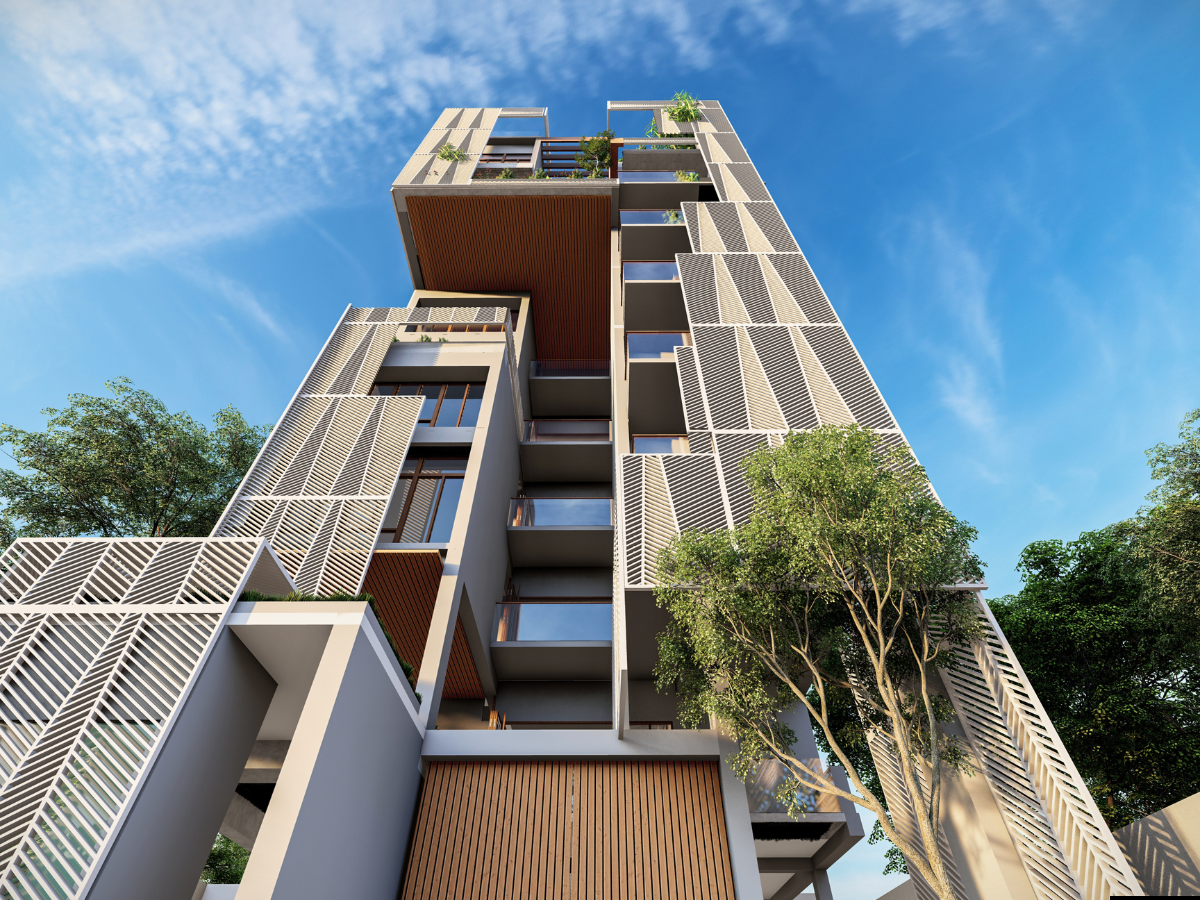The Importance of Proper and Sustainable Concrete in Modern Construction Concrete is the cornerstone of modern construction, forming the foundation o
The Importance of Proper and Sustainable Concrete in Modern Construction
Concrete is the cornerstone of modern construction, forming the foundation of buildings, bridges, roads, and more. Its durability, versatility, and strength make it an indispensable material in the industry. However, the production and use of concrete have significant environmental impacts. This has led to a growing emphasis on proper and sustainable concrete practices. Here’s why these practices are crucial and how they benefit the construction industry and the planet.
The Role of Concrete in Construction
Concrete is prized for its strength and longevity. It’s used in a variety of applications, including:
- Foundations and Structural Frameworks: Providing the essential support for buildings and infrastructure.
- Roads and Bridges: Ensuring durable and reliable transportation networks.
- Public Spaces: Creating durable surfaces for parks, plazas, and recreational areas.
The Environmental Impact of Concrete
Despite its benefits, concrete production is a major contributor to environmental degradation. The process involves several environmentally harmful practices:
- CO2 Emissions: Cement production, a key ingredient in concrete, is responsible for about 8% of global CO2 emissions.
- Resource Depletion: The extraction of raw materials such as limestone, clay, and sand leads to habitat destruction and resource depletion.
- Energy Consumption: High levels of energy are required for cement production, contributing to fossil fuel consumption and pollution.
The Need for Proper Concrete Practices
Proper concrete practices are essential to ensure the material’s durability and performance while minimizing its environmental footprint. Here are some key considerations:
1. Quality Control
Ensuring the quality of concrete through rigorous testing and quality control measures is vital. Proper mixing, curing, and handling can prevent issues such as cracking, which compromise structural integrity and lead to increased maintenance and resource use.
2. Material Selection
Choosing the right materials, including supplementary cementitious materials (SCMs) like fly ash, slag, and silica fume, can enhance concrete properties and reduce the reliance on Portland cement. These materials can improve durability, reduce permeability, and lower CO2 emissions.
3. Proper Design and Usage
Designing concrete structures to the appropriate specifications ensures that they can withstand the intended loads and environmental conditions without overusing materials. This optimization reduces waste and extends the lifespan of the structures.
The Importance of Sustainable Concrete
Sustainable concrete practices aim to reduce the environmental impact of concrete while maintaining its performance and durability. Here’s how sustainable concrete benefits the industry and the environment:
1. Reduced Carbon Footprint
Sustainable concrete incorporates alternative materials and innovative technologies to lower CO2 emissions. Examples include:
- Low-Carbon Cement: Using alternative cement formulations that reduce carbon emissions.
- Recycled Aggregates: Utilizing recycled concrete and other materials to reduce the need for virgin aggregates.
2. Resource Efficiency
Efficient use of materials and recycling practices reduce the demand for natural resources. Sustainable concrete can incorporate industrial byproducts such as fly ash and slag, diverting waste from landfills and reducing the need for new raw materials.
3. Enhanced Durability and Longevity
Sustainable concrete practices focus on producing long-lasting structures that require less maintenance and have a longer lifespan. This reduces the overall environmental impact by minimizing the need for repairs and replacements.
4. Innovation and Green Technology
The development of new technologies and materials, such as self-healing concrete and carbon capture technologies, is paving the way for greener construction practices. These innovations not only improve the sustainability of concrete but also enhance its performance.
Implementing Sustainable Concrete Practices
To implement sustainable concrete practices, the construction industry must adopt a holistic approach that includes:
- Education and Training: Educating industry professionals on sustainable practices and the benefits of sustainable concrete.
- Regulations and Standards: Developing and enforcing regulations that promote sustainable concrete production and use.
- Research and Development: Investing in R&D to discover new materials and technologies that enhance the sustainability of concrete.
Conclusion
The importance of proper and sustainable concrete practices cannot be overstated. As the backbone of modern construction, concrete must be produced and used in ways that minimize its environmental impact while maximizing its durability and efficiency. By adopting sustainable practices, the construction industry can reduce its carbon footprint, conserve resources, and build a more sustainable future. It’s time to rethink our approach to concrete and embrace innovations that support both the built environment and the planet.


COMMENTS